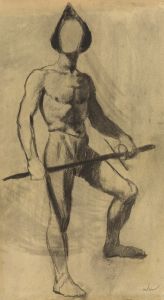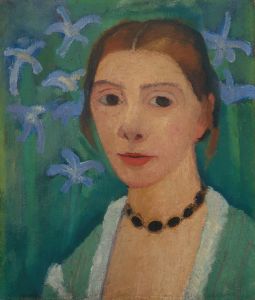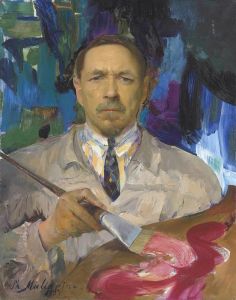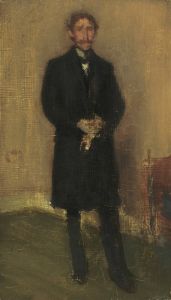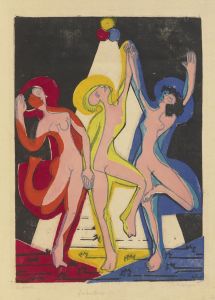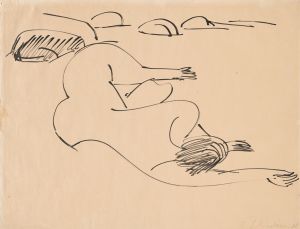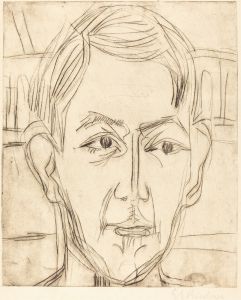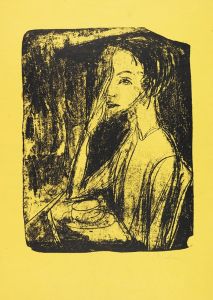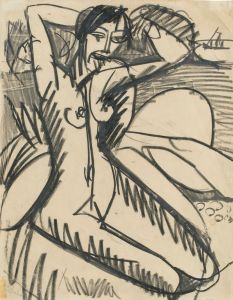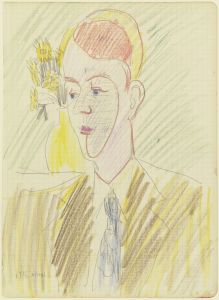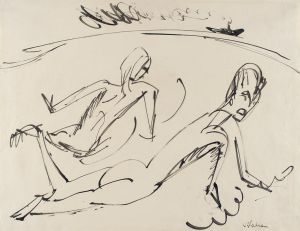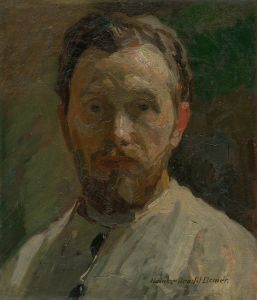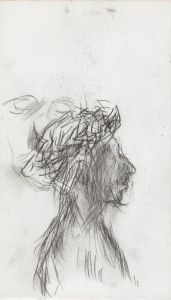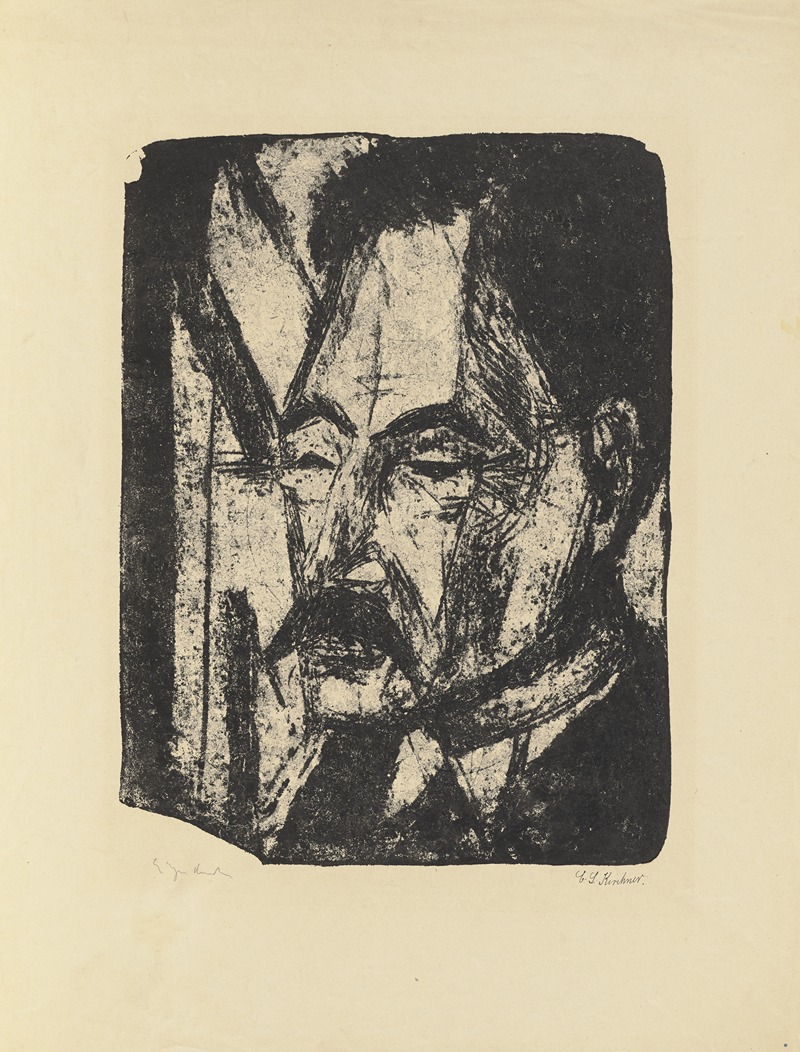
Porträt Dr. Oskar Kohnstamm
A hand-painted replica of Ernst Ludwig Kirchner’s masterpiece Porträt Dr. Oskar Kohnstamm, meticulously crafted by professional artists to capture the true essence of the original. Each piece is created with museum-quality canvas and rare mineral pigments, carefully painted by experienced artists with delicate brushstrokes and rich, layered colors to perfectly recreate the texture of the original artwork. Unlike machine-printed reproductions, this hand-painted version brings the painting to life, infused with the artist’s emotions and skill in every stroke. Whether for personal collection or home decoration, it instantly elevates the artistic atmosphere of any space.
Ernst Ludwig Kirchner was a prominent German expressionist painter and one of the founding members of the artist group Die Brücke (The Bridge), which played a pivotal role in the development of modern art in the early 20th century. Kirchner's work is characterized by its bold use of color, dynamic compositions, and expressive forms, often reflecting the anxieties and tensions of the modern age.
"Porträt Dr. Oskar Kohnstamm" is one of Kirchner's notable works, although specific details about this particular painting are not extensively documented in public art historical records. Dr. Oskar Kohnstamm was a well-known psychiatrist and neurologist in Germany, recognized for his contributions to the understanding of sleep disorders and his development of the Kohnstamm phenomenon, which describes involuntary muscle contractions following prolonged voluntary contraction.
Kirchner's portrait of Dr. Kohnstamm likely reflects the artist's interest in capturing the psychological depth and character of his subjects, a common theme in his portrait work. Kirchner's portraits often go beyond mere physical likeness to explore the inner life and emotional states of the individuals he depicted. This approach aligns with the broader goals of the expressionist movement, which sought to convey subjective emotions and responses to the world rather than objective reality.
The painting would have been created during a period when Kirchner was deeply engaged with the themes of modernity and the human condition, often exploring the complexities of urban life and the psychological impact of the rapidly changing world. His style during this time was marked by a vivid palette, distorted forms, and a sense of movement and energy, all of which contributed to the emotional intensity of his work.
Kirchner's involvement with Die Brücke was instrumental in his artistic development. The group was founded in Dresden in 1905 and included other notable artists such as Fritz Bleyl, Erich Heckel, and Karl Schmidt-Rottluff. Die Brücke artists were united by their desire to break away from traditional academic art and to create a new, more direct form of expression. They were influenced by various sources, including African and Oceanic art, as well as the works of Vincent van Gogh and Edvard Munch.
Throughout his career, Kirchner faced numerous personal and professional challenges, including struggles with mental health and the impact of World War I. Despite these difficulties, he remained a prolific artist, producing a vast body of work that includes paintings, prints, and sculptures. His contributions to the expressionist movement have left a lasting legacy, influencing generations of artists and shaping the course of modern art.
While specific information about "Porträt Dr. Oskar Kohnstamm" is limited, Kirchner's broader body of work provides valuable insights into his artistic vision and the cultural context in which he operated. His portraits, in particular, continue to be celebrated for their ability to capture the essence of their subjects and to convey the emotional and psychological complexities of the human experience.





